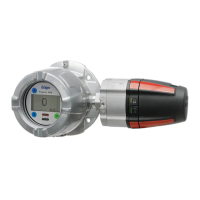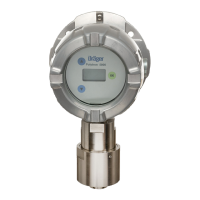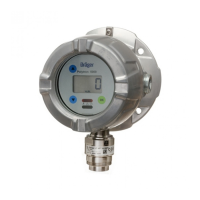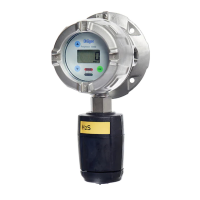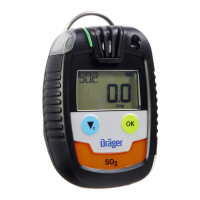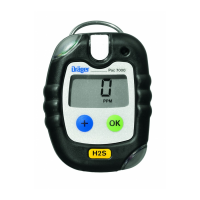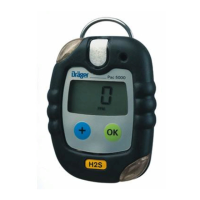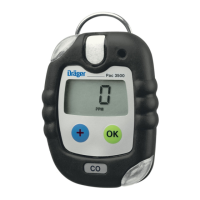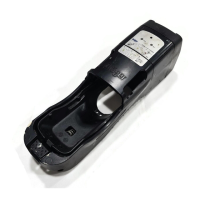What to do if Supply voltage outside range in Drager Measuring Instruments?
- IibutlerSep 3, 2025
Check the supply voltage.

What to do if Supply voltage outside range in Drager Measuring Instruments?
Check the supply voltage.
What to do if I have increased zero-point offset in Drager Measuring Instruments?
Perform zero-point calibration.
What to do if I have no valid date or time set in Drager Measuring Instruments?
Set the time and date.
What to do if I have faulty span calibration in Drager Measuring Instruments?
Perform a new span calibration.
What to do if I have faulty zero-point in Drager Measuring Instruments?
Perform zero-point calibration.
What to do if I have communications fault in Drager Measuring Instruments?
Check contact with PIR 7000/7200.
What to do if PIR 7000/7200 optics dirty in Drager Measuring Instruments?
Clean the PIR 7000/7200 optics.
What to do if alarms disabled in Drager Measuring Instruments?
Enable the alarms.
| Type | Gas Detector |
|---|---|
| Signal Output | 4-20 mA |
| Housing Material | Stainless steel or aluminum |
| Approvals/Certifications | ATEX, IECEx, UL, CSA |
| Detection Principle | Infrared (IR) |
| Target Gas | Combustible gases |
| Measuring Range | 0-100% LEL (Lower Explosive Limit) |
| Operating Temperature | -40 to +65 °C |
| Operating Humidity | 0 to 95% RH (non-condensing) |
| Power Supply | 12-30 V DC |
| Display | LCD |
| Communication Interface | HART, Modbus |
| Output | Relays |
| Protection Class/Rating | IP66 |
Essential guidelines for safe product operation and handling.
Explains the meaning of warning, caution, and notice icons used in the document.
Explains how the device operates, its power supply, and display features.
Defines the product's intended application and suitable hazardous area classifications.
Covers crucial factors for selecting a mounting location and general installation.
Outlines limitations and conditions for installing the device correctly.
Details how to connect power and signal cables to the 5-way plug.
Explains basic operation, menu scrolling, and symbol meanings.
Describes how to modify parameter settings and confirm changes.
Outlines the importance of regular calibration and safety precautions.
Step-by-step guide for performing a zero point calibration using calibration gas.
Detailed steps for performing a span calibration with calibration gas.
Managing SIL lock and configuring basic device settings.
Setting up alarms, relay behavior, and alarm thresholds.
Setting HART polling address, unique identifier, tag, and REGARD protocol.
Configuring fault current, warning signal, and warning interval for the analog interface.
Enabling/disabling auto-calibration and sensor self-tests.
Lists fault numbers, their causes, and recommended remedies for device issues.
Lists warning numbers, their causes, and recommended remedies for device warnings.
Outlines required maintenance intervals and the procedure for changing the sensor.
